The water systems industry continues to rely on the essential functionality of the water pump pressure control switch to maintain proper operational parameters. This component serves a vital role in residential, commercial, and industrial water systems by regulating pump operation based on pressure requirements. The fundamental operation of a water pump pressure control switch involves monitoring system pressure and activating or deactivating the pump to maintain predetermined pressure levels. Manufacturers continue to refine the design and construction of the water pump pressure control switch to enhance reliability and accuracy across various applications.
Design characteristics of the modern water pump pressure control switch focus on durability and precision. The internal mechanism of a typical water pump pressure control switch utilizes either a diaphragm or piston arrangement to translate water pressure into mechanical action. The electrical components within a water pump pressure control switch must reliably handle the electrical current required for pump operation while withstanding repeated cycling. Enclosure integrity represents another important consideration for water pump pressure control switch manufacturers, with appropriate sealing necessary to protect internal components from moisture and environmental contaminants. These design elements collectively determine the performance reliability of a water pump pressure control switch in specific operating conditions.
Installation considerations for the water pump pressure control switch include proper location, piping connections, and electrical wiring. The mounting position of a water pump pressure control switch can influence its performance and service life in certain system configurations. Piping arrangements for water pump pressure control switch connections typically include isolation valves and pressure gauge ports for maintenance and monitoring purposes. Electrical wiring for a water pump pressure control switch must comply with applicable safety standards and specifications for the specific voltage and current requirements. These installation parameters contribute significantly to the effective operation of the water pump pressure control switch within the overall system.
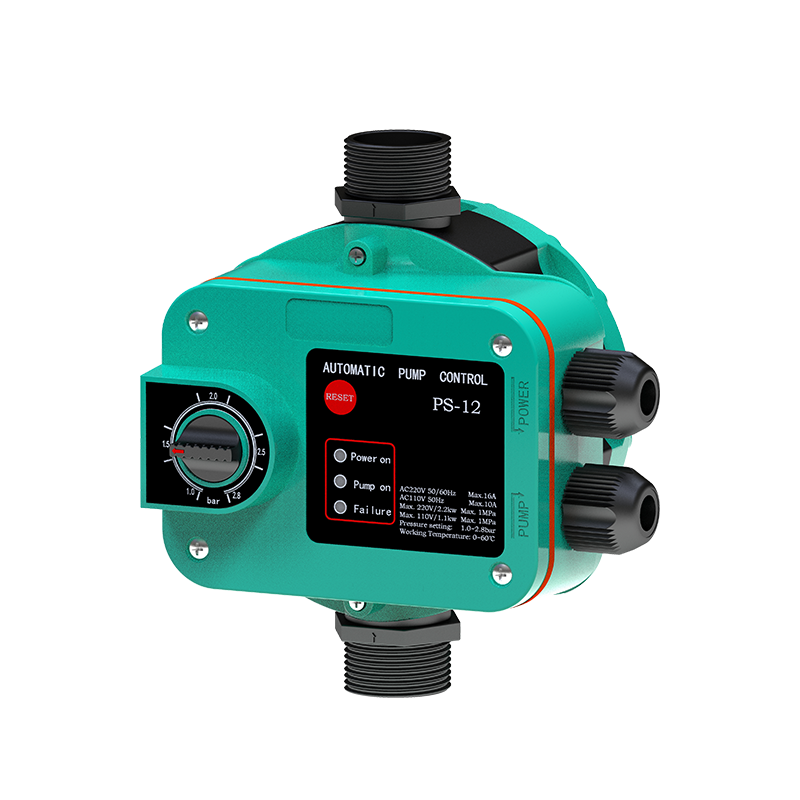
Operational aspects of the water pump pressure control switch involve both automatic control functions and user adjustments. The standard water pump pressure control switch typically offers adjustable cut-in and cut-out pressure settings to accommodate different system requirements. The differential pressure setting on a water pump pressure control switch determines the pressure range between pump activation and deactivation points. Automatic features in some advanced water pump pressure control switch models include protection against rapid cycling and dry running conditions. These operational characteristics make the water pump pressure control switch a key component in maintaining consistent water pressure while protecting pump equipment.
Future developments in water pump pressure control switch technology may include enhanced materials and additional functionality. The integration of electronic sensors with traditional mechanical designs could provide more precise control in future water pump pressure control switch models. Communication capabilities might enable remote monitoring and adjustment of water pump pressure control switch settings in certain applications. Material improvements may yield enhanced corrosion resistance for water pump pressure control switch components operating in challenging water conditions. As water system requirements continue to evolve, the fundamental role of the water pump pressure control switch in maintaining system pressure and protecting pump equipment seems certain to maintain its importance in water system operations worldwide.
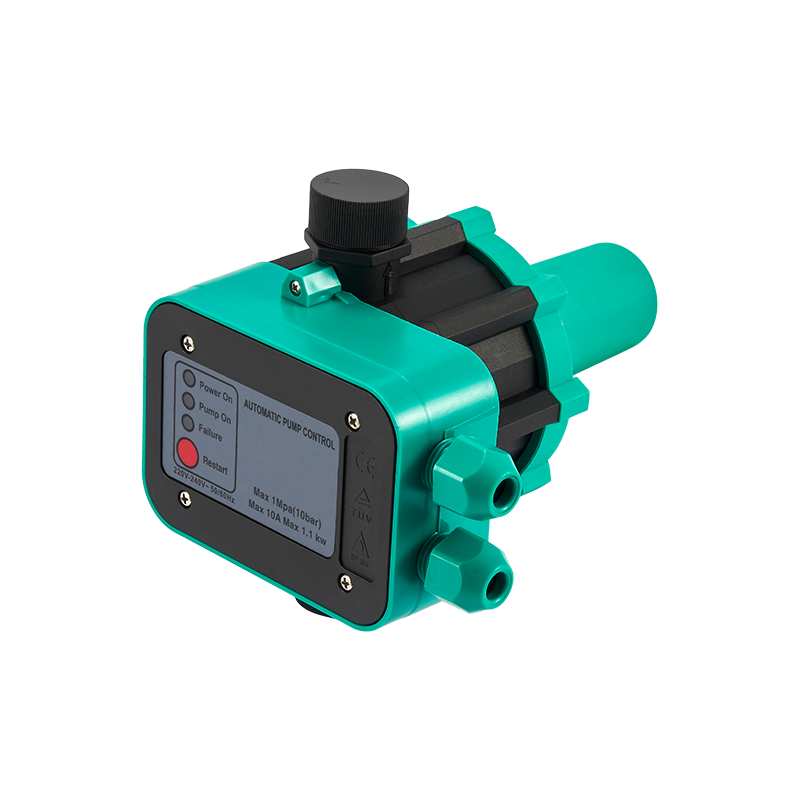
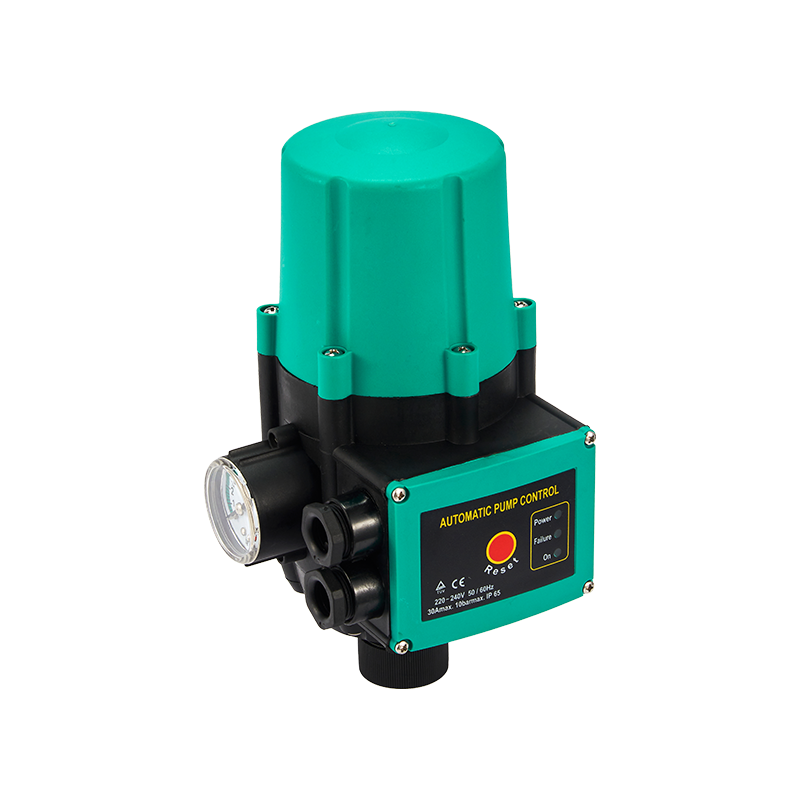
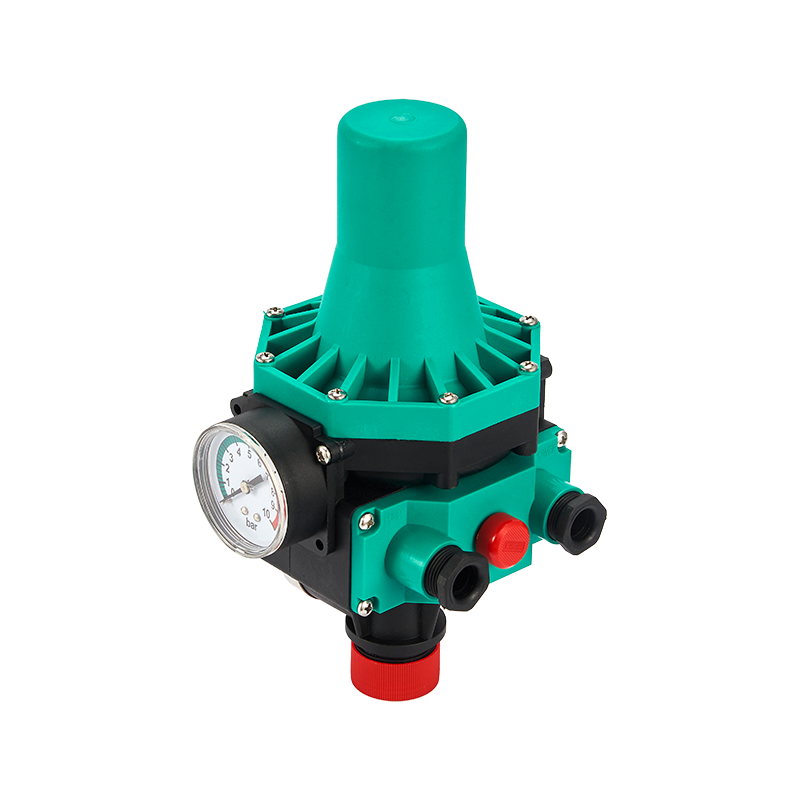
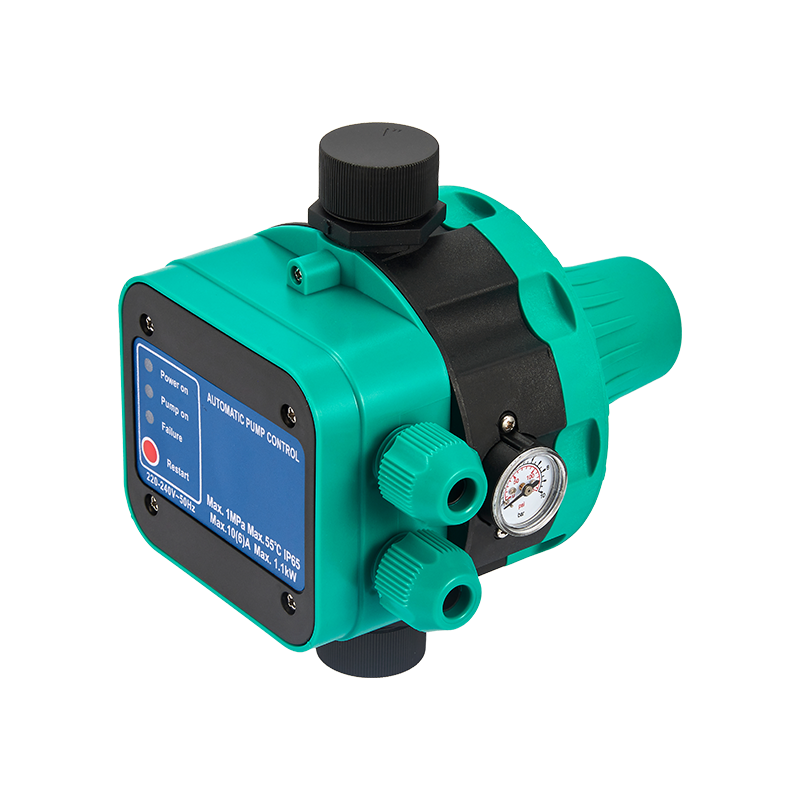
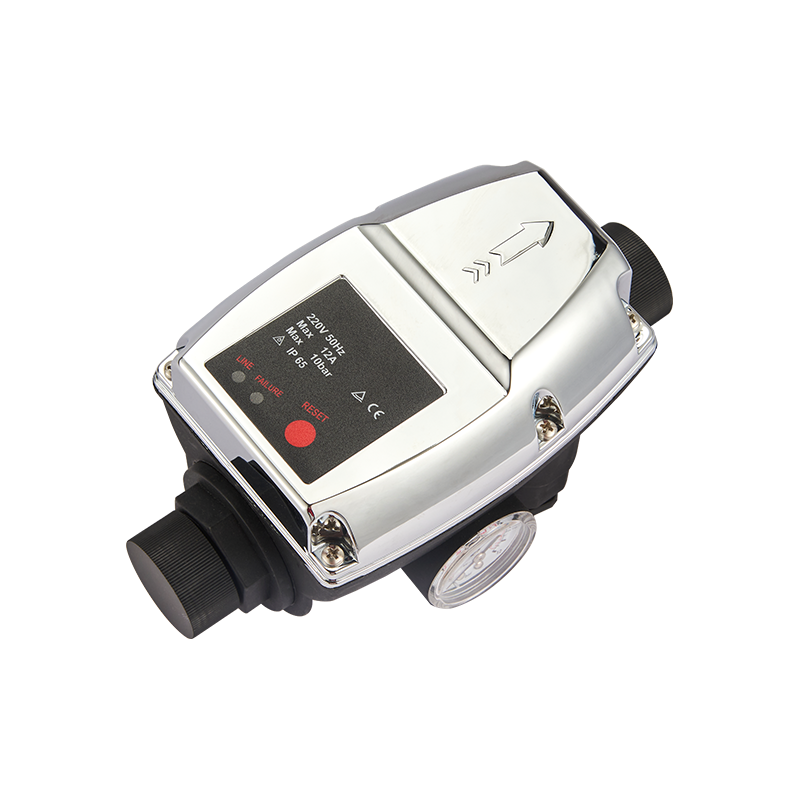
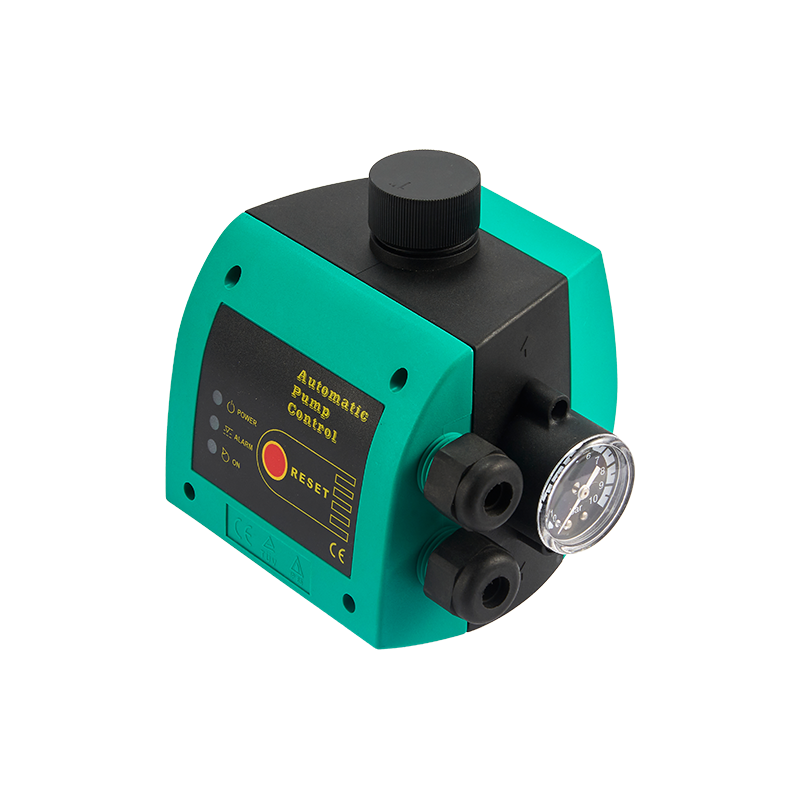
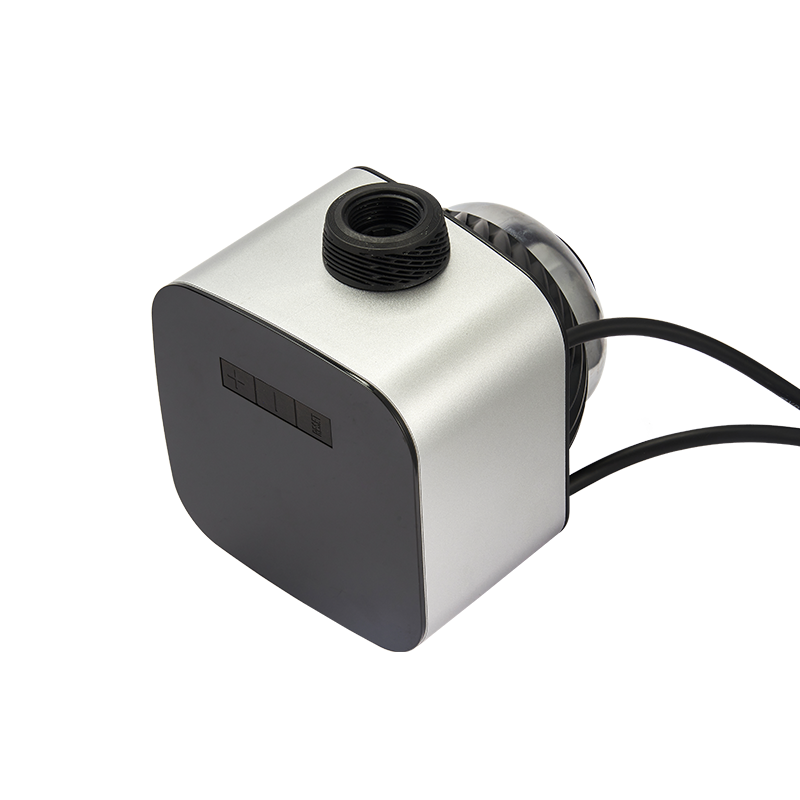
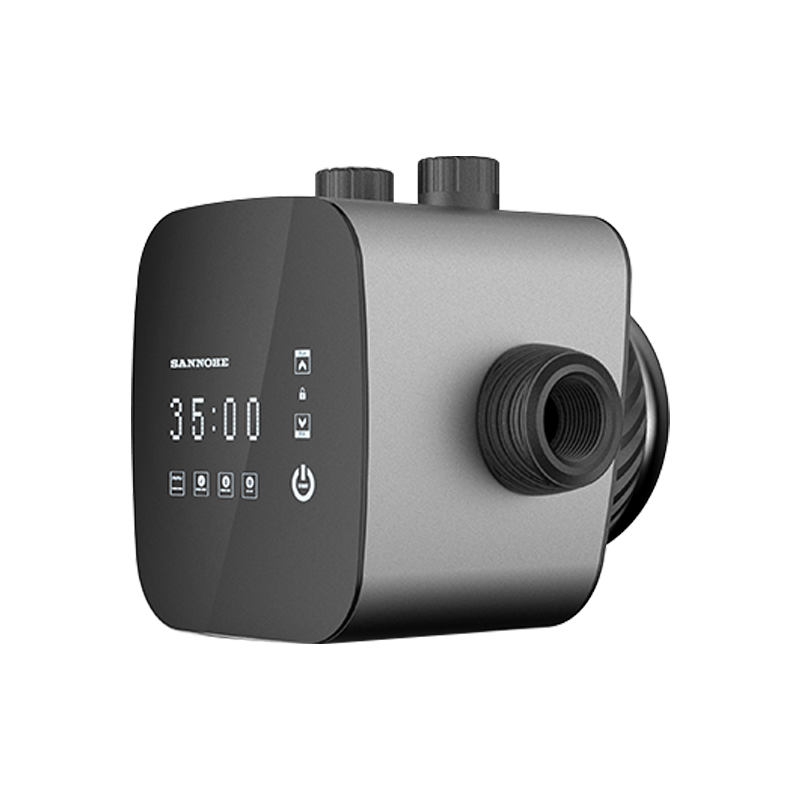
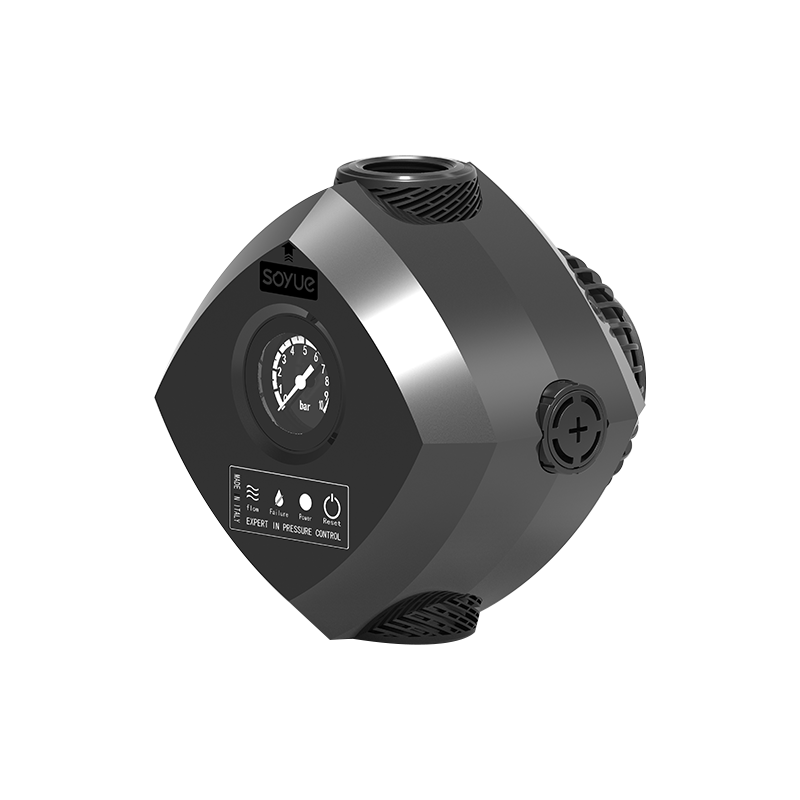
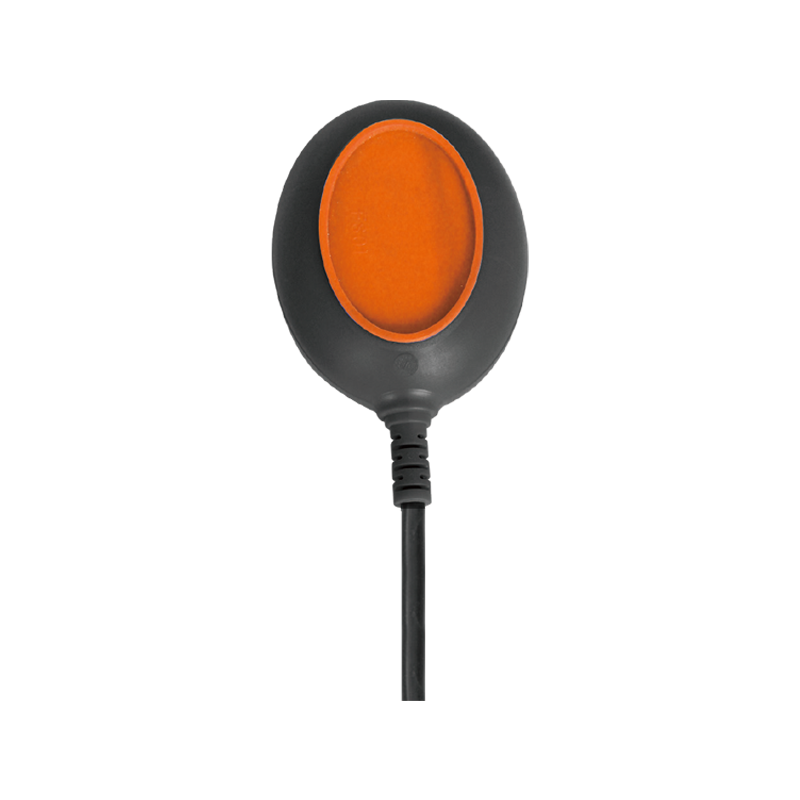
The role and sophistication of the pump controller within fluid management systems are expanding significantly across industrial, agricultural, and municipal applications. As the essential electronic brain governing pump operation, a modern pump controller does far more than simply start and stop a ...
In the operational framework of countless residential, commercial, and industrial fluid systems, a small but vital component ensures automatic control and protects equipment: the pump pressure switch. This electromechanical device serves as the central nervous system for pumps, activating and deacti...
The global industrial landscape is witnessing a significant transformation, driven by advancements in automation and smart technology. A key player in this evolution is the automatic pump controller factory, which has become a hub of innovation and precision manufacturing. These specialized faciliti...